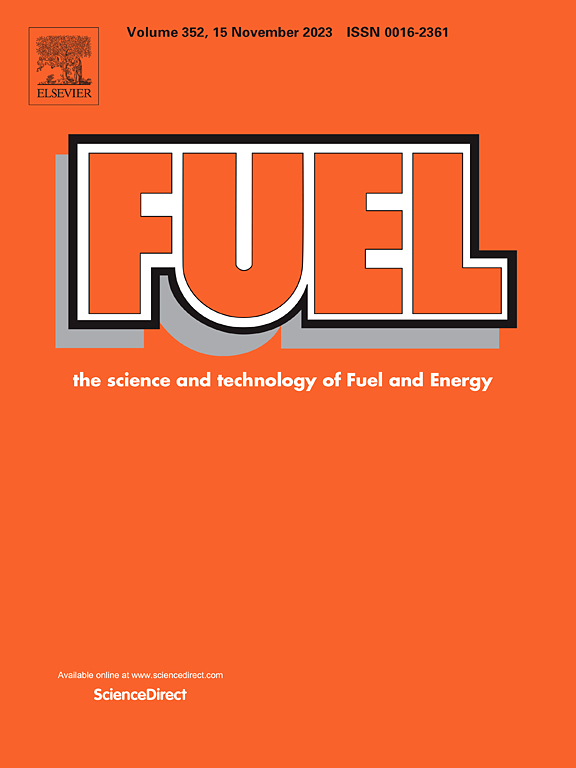Experimental study on reducing the base sediment and water in crude oil separation
IF 6.7
1区 工程技术
Q2 ENERGY & FUELS
引用次数: 0
Abstract
Crude oil demulsification is an ongoing industrial challenge due to the persistent stability of water-in-oil emulsions and limited performance of conventional demulsifiers. This study introduces Formulation A, a novel demulsifier blend uniquely integrating both water- and oil-soluble components, optimized through a rigorous computational-experimental approach using Qualitec 4 software and validated experimentally under controlled laboratory conditions. Unlike previous methods that relied on trial-and-error or single-component formulations, this systematic optimization represents the study’s primary innovation, ensuring reproducible and significantly enhanced demulsification efficiency. Using a bottle-test methodology, Formulation A comprising triethanolamine, fatty alcohol ethoxylate, Basorol PDB 9935, Basorol E2032, aromatic solvent, and TOMAC achieved a remarkable 93 % water separation efficiency, substantially surpassing conventional commercial demulsifiers (63–71 %). The study rigorously identified optimal conditions (10 ppm concentration, pH 5.5, 70 °C) through an integrated computational (Qualitec 4 software) and experimental validation approach. Although conducted under controlled laboratory conditions focusing on water-in-oil emulsions, the significant improvement in separation efficiency demonstrates clear industrial applicability. Future research should extend these findings to evaluate environmental impacts, scalability, and economic feasibility under real-world field conditions.
原油分离中降低基沉和水的实验研究
由于油包水乳状液的稳定性和常规破乳剂的性能有限,原油破乳一直是工业上的一个挑战。本研究介绍了配方A,这是一种新型的破乳剂,独特地整合了水溶性和油溶性成分,通过使用Qualitec 4软件严格的计算实验方法进行优化,并在受控的实验室条件下进行了实验验证。与之前依赖于试错或单组分配方的方法不同,该系统优化代表了该研究的主要创新,确保了可重复性并显著提高了破乳效率。采用瓶试方法,配方a由三乙醇胺、脂肪醇乙氧基酸酯、Basorol PDB 9935、Basorol E2032、芳香溶剂和TOMAC组成,水分离效率达到了93%,大大超过了传统的商用破乳剂(63% - 71%)。该研究通过集成计算(Qualitec 4软件)和实验验证方法严格确定了最佳条件(10 ppm浓度,pH 5.5, 70°C)。虽然是在受控的实验室条件下进行的,重点是油包水乳液,但分离效率的显著提高表明了明显的工业适用性。未来的研究应扩展这些发现,以评估环境影响、可扩展性和实际现场条件下的经济可行性。
本文章由计算机程序翻译,如有差异,请以英文原文为准。
求助全文
约1分钟内获得全文
求助全文
来源期刊

Fuel
工程技术-工程:化工
CiteScore
12.80
自引率
20.30%
发文量
3506
审稿时长
64 days
期刊介绍:
The exploration of energy sources remains a critical matter of study. For the past nine decades, fuel has consistently held the forefront in primary research efforts within the field of energy science. This area of investigation encompasses a wide range of subjects, with a particular emphasis on emerging concerns like environmental factors and pollution.
 求助内容:
求助内容: 应助结果提醒方式:
应助结果提醒方式:


